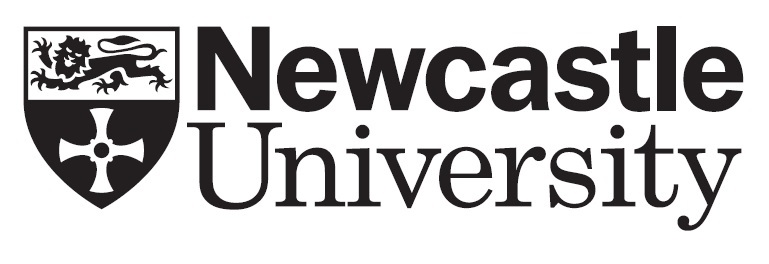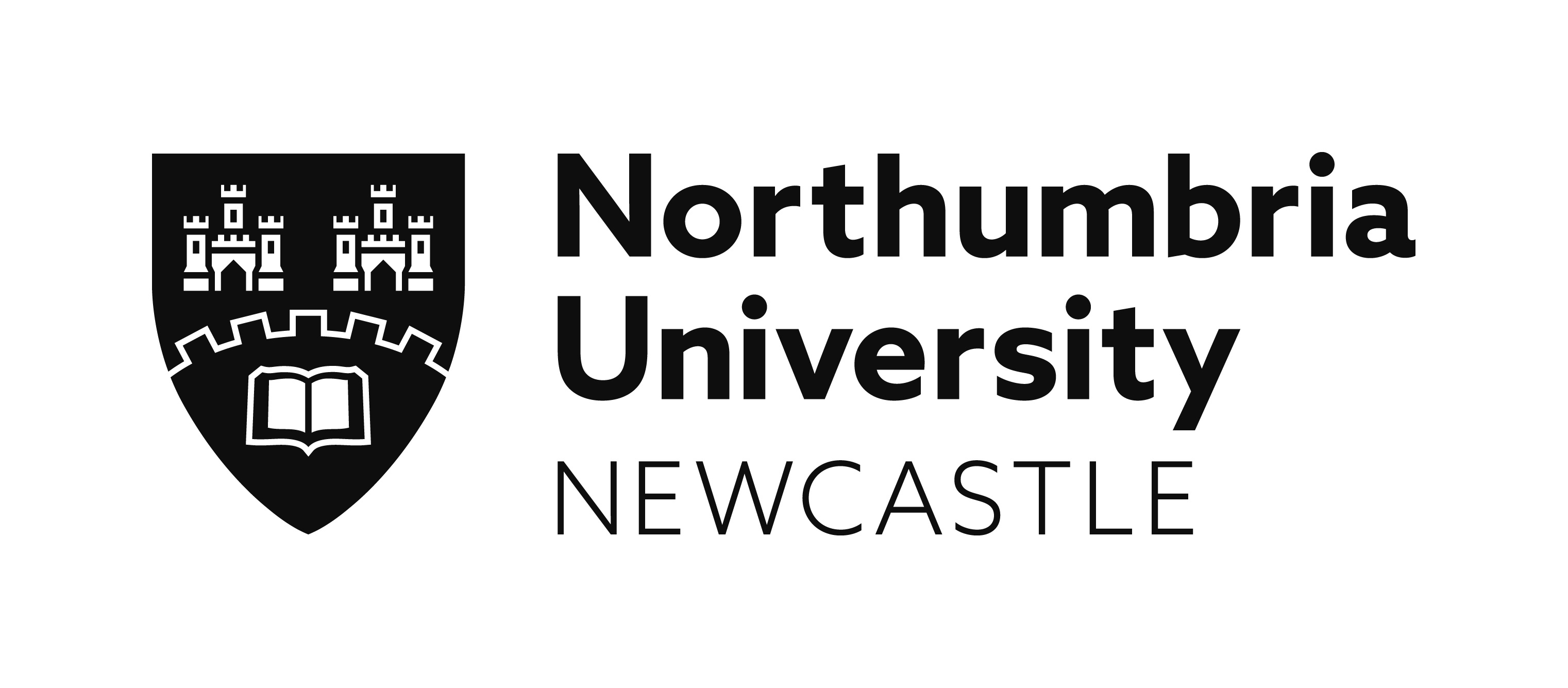Matter, (Im)materials and Materiality: On the life of digital artworks
Beryl Graham, University of Sunderland
Alexandra Moschovi, University of Sunderland
In recent years, the ‘material turn’ in contemporary art has re-activated critical debates around the matter and materials of art objects and their affective properties, expanding to consider their physical encounter and spatio-temporal parameters, as well as the idiosyncrasies of process-oriented forms and participation. Echoing the impulse of the dematerialisation of the art object that dominated Conceptual art, process-led practices and happenings in the 1960s and 1970s, digital art has often been discussed in terms of processes, systems and networks, and thus as immaterial. Yet, as Christiane Paul argues, the ‘myth of immateriality’ that surrounds digital artworks fails to address not only the materialisation of digital works in gallery contexts, their collection and preservation, but also the very materiality of digital technologies and their impact on physical reality. Paul (2015) proposes the concept of ‘neomateriality’ to capture on the one hand, ‘the confluence and convergence of digital technologies in various materialities’, and on the other hand, ‘the ways in which this merger has changed our relationship with these materialities and our representation as subjects’.
Contributions to the session explore how the (neo)materiality of digital artworks provides such points of exchange for artists, curators and publics. Art history, photography and new media scholars, curators and artists consider how the modularity of digital technologies, the convergence of media, and the new forms of materiality and making that come into being in contemporary digital art practices may renegotiate the experience of beholding within/beyond the physical, as well as gender politics and human/non-human interactions.
Speakers
Moving beyond Myths: Curating expanded photographic practices
Catherine Troiano (National Photography Collections, National Trust; Photographic History Research Centre, De Montfort University)
Charlotte and Christine: Women, new media art and the politics of digital weaving
Amy Charlesworth (The Open University)
Neomateriality and Cyberfeminist Artistic Practices, Then and Now
Jen Kennedy (Queen’s University, Ontario, Canada)
Rebuild Curve: On the materialisation of virtual models in contemporary art fabrication
Frank Bauer (Berlin University of the Arts, Germany)
This is Your Wake-up Call
Sarah Cook (University of Glasgow)
The Artist as Avatar: Redefining materiality through LaTurbo Avedon
Stephanie Kang (The Ohio State University, USA)
Click here to download this session's abstracts or view below
Moving beyond Myths: Curating expanded photographic practices
Catherine Troiano (National Photography Collections, National Trust; Photographic History Research Centre, De Montfort University)
The institutionalisation of digitally-informed photographic practices has vastly impacted cultural institutional processes. Engagement with and through online media has become an essential component of communications; and the inclusion of expanded approaches to image-making in exhibitions has grown. Concurrently, technological developments have fundamentally informed photography itself, assigning computational qualities that have challenged interpretations of photography rooted in material theory; undermined an understanding of photography reliant upon medial segregation; and provoked examination of the ‘myth of immateriality’ (Paul 2015) surrounding digital objects. However, many cultural institutions still represent collections or histories built on traditional, previously intrinsic, perspectives.
Together with the emergence of post-scarcity image economies and increasing visual literacy amongst audiences, this schism between practice and policy has provoked diverse institutional responses to expanded photography. Institutions have been required to reconcile traditional qualitative hierarchies with recognition of products and processes associated with networked, participatory interactions; meanwhile interrogating prevalent institutional attitudes towards material culture.
This paper explores approaches towards curating expanded photographic practices, focusing on a group of European cultural institutions including the V&A, Fotomuseum Winterthur and Jeu de Paume. It addresses exhibiting, interpretation, commissioning and acquisitions; and looks particularly at the points of contact between curating and other digitally-informed institutional functions, such as screen-based practice and online formats, which depend upon acknowledgements of digital (neo)materiality. Intending to clarify the wider public impact of expanded institutional curating, the paper examines expanded practice as an integral part of institutional responsibility: highlighting the blurred lines between ‘art’ and image culture; and image culture and social behaviours.
Charlotte and Christine: Women, new media art and the politics of digital weaving
Amy Charlesworth (The Open University)
American artist and critic, Christine Tamblyn, writing in 1990 claimed that due to an ability to augment mental processes rather than serve exclusively as visual or manual aids, one could assess computers and Conceptual art through a comparable lens. For Swedish artist, Charlotte Johannesson, however, 1985 already marked a moment at which advancements in computer graphics rendered the creative capacity of programming less of a challenge to existing art practices. Throughout the 1980s, Johannesson co-ran Digital Theatre (Malmo). The experimental workshop consisted of a suite of Apple II Macs and was built from earlier collaborations with an IBM programmer.
Tamblyn’s CD-ROM works from the mid-1990s reveal a preoccupation with the memory storage and retrieval possibilities of this technology. Tamblyn’s She Loves It, She Loves It Not was programmed in Macromedia Director (now Adobe Director). Effectively it mimicked the ‘movie-making’ process through the platform of the computer. Whilst originally designed for creating animation sequences, the addition of a scripting language popularised it for the CD-ROM format and Internet video game content throughout the 1990s.
Both artists acknowledged the disregard the art world had for artists, particularly women, working with computers. And both note the frictions between their own practices and the feminist landscapes through which they operated. This paper explores why it is productive to discuss these two figures in relation to the processes of art-making, questions of gender and sexuality and how, and in what ways, these interact with histories of computer and digital technologies.
Neomateriality and Cyberfeminist Artistic Practices, Then and Now
Jen Kennedy (Queen’s University, Ontario, Canada)
Since the 1990s, cyber-punk and Internet art pioneer Shu Lea Cheang has challenged dualistic understandings of the relationship between the material and the digital, particularly as they have shaped ideas about the nature and limits of bodily desire. Against then-dominant media theories exalting the separation of ‘cyberspace’ and ‘meatspace’, and thus aligned with early cyberfeminist thinking, Cheang saw the computer as a two-way channel through which people cross over to become images and images cross over to have material effects beyond the screen.
Focusing on two works by Cheang, this paper adopts Christiane Paul’s concept of ‘neomateriality’ as a lens through which to revisit 1990s cyberfeminist artistic practices and consider their legacies today. Although not coined until 2015, ‘neomateriality’ illuminates precisely the aspects of 1990s cyberfeminist art that were most radical in its own moment and most predictive of our own. The first part of this paper will look at Brandon (1998–1999), a multidimensional work that explores the life and murder of 21-year-old trans man Brandon Teena through multiple online and offline platforms. It will then examine Cheang’s recent return to Brandon in 3x3x6 (2019), an immersive and participatory multimedia installation that projects key components of the earlier work into today’s intensified surveillance environment to explore increasingly complex entanglements of bodies, desires and data.
Rebuild Curve: On the materialisation of virtual models in contemporary art fabrication
Frank Bauer (Berlin University of the Arts, Germany)
As early as 1994, Friedrich Kittler cautioned how one ‘should stop conceiving of algorithms as tools, and of computer-aided design as mere auxiliaries’ (100) but begin to acknowledge the very productivity of computation for modelling and manufacturing. One generation later, this paper inquires how the virtual has sought materialisation in matter, just as much as the imaginary has always done before – yet how it is now, in maybe the good, but certainly frequent company, of ‘an inanimate actor who takes different forms and names: machine, computer, manual, software, code, script’ (Zardini 2013, 5).
Drawing on the example of Untitled (draft for standing men) by Danish artist Peter Linde Busk, I propose to follow the ‘exteriorities of designing, imaging and thinking’ (Wittmann 2018, 13) along with the emergence of computer-aided design/manufacturing (CAD/CAM)-driven art production. From a closer view of the digital ontologies linking artistic practices, software environments and fabrication routines, this will develop how hybrid, that is, digital and material, workflows entail authorially complex, collaborative and neomaterial logics.
My approach towards the virtual model as ‘one of the most notable manifestations of the intrinsic image act’ (Bredekamp 2017, 247) will discuss constitutive dimensions of digital environments and an ‘Uncertainty Principle of Cultural Techniques’ (Wendler 2015, 141) within moments of precision and imprecision, from sketch to computer numerical control (CNC). Along the operative couple of notation and construction (Voorhoeve 2011, 8–9), I suggest revising the visual agency of manufacturing data for arguably ontographic processes of materialisation.
This is Your Wake-up Call
Sarah Cook (University of Glasgow)
Machine Auguries, a new work by Alexandra Daisy Ginsberg, recreates a dawn chorus of birdsong using machine learning. Through a ten-minute cycle of sound and light, the work plays out the results of using a generative adversarial network (GAN) to generate simulated birdsong from the programme listening to recorded natural birdsong. Works of art made using artificial intelligence (AI) – such as those by Pierre Huyghe, Trevor Paglen or Mario Klingemann – are snapshots of moments in time, arrested developments. They bear relation to works of art that use scores to enact performances, but they also differ in that they could evolve further within the constraints of the system and the intention of the artist. This paper reflects on the first presentation of the work as part of a large-scale group exhibition about 24/7 life and considers what a future life for the work might be in terms of both its physical form and its digital file formats.
Machine Auguries is co-commissioned by design firm A/D/O by Mini, who are at the forefront of new technologies and social interactions; commissioning art is part of this test-bed research. As such, the consideration of the future material life of this work also raises questions about the use of GAN in environment modification and even systems biology. What if the data set were the genetics of the bird itself and not just its song, and the AI system could propose an adapted genetic sequence which would result in a bird best adapted to make its song heard above the din of the urban environment? How do works of art using new technologies speculate on possible human and non-human future interactions?
The Artist as Avatar: Redefining materiality through LaTurbo Avedon
Stephanie Kang (The Ohio State University, USA)
In recent years, media theorists have problematised the ‘myth of immateriality’ on the Internet, causing the definition of materiality to expand beyond the limited constraints of tangibility. Looking at the Internet artist LaTurbo Avedon, this paper will examine how they disrupt the boundary between immateriality and materiality through their art practice, online interactions and overall unique state of being, which moves beyond physical reality to embrace a fully virtual existence. They are an online avatar that needs no referent or original because they are a virtual manifestation that only exists on the computer screen. In short, Avedon performs, constructs objects, curates exhibitions and conducts artist talks solely as an online avatar, and the identity of the human behind their creation has remained anonymous and insignificant.
Avedon explores the possibilities of multiple identities on the Internet through their evolution as a virtual person, who is continually adapting to their environmental and temporal conditions. By transcending the limitations of physical embodiment, they embrace a new form of being through their state of virtual materiality. They are both material and informational, entirely present yet fully absent. Through an in-depth analysis of LaTurbo Avedon, this paper attempts to reformulate the material–immaterial dichotomy, which denies the materialisation of digital beings and objects. Essentially, it will address the question: how does an artist like LaTurbo Avedon complicate the notion of materiality through their use of the Internet and its interactive spaces?
|
|
|
|
|
|
Supported by
Conference Sponsors
![]()
Sponsored by
ASSOCIATION FOR ART HISTORY
![]()
Terms & Conditions
![]()


